
PPT Kommunikationsmodelle PowerPoint Presentation, free download ID1319444
The Shannon-Weaver Model Developed in 1948 by Claude Shannon and Warren Weaver, the Shannon-Weaver model is one of the most popular models of communication. It is based on the idea that.
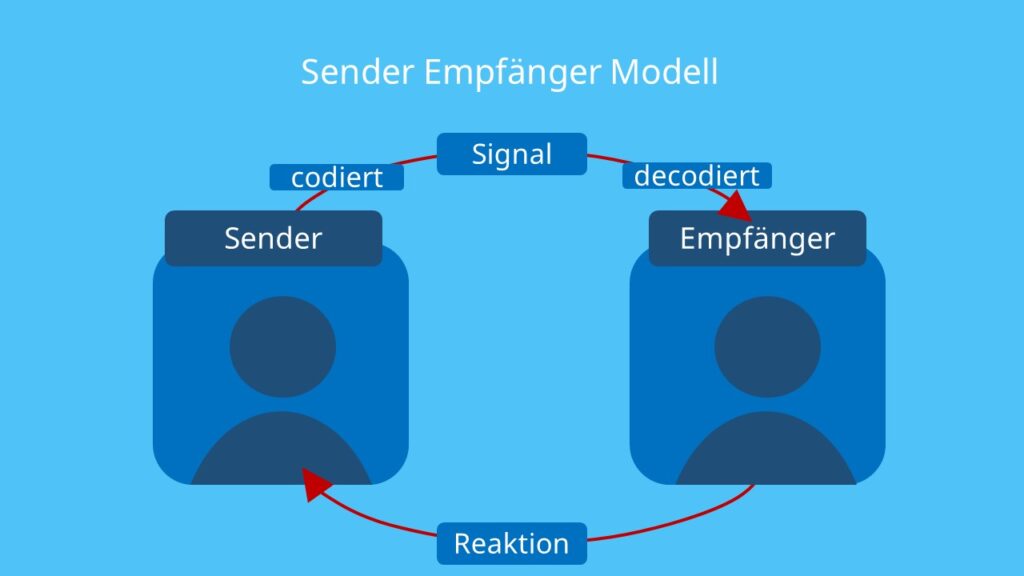
Sender Empfänger Modell • Kommunikaitonsarten · [mit Video]
In der Forschungsliteratur existieren mehrere Kommunikationsmodelle, die teils sehr global versuchen, Kommunikation zu beschreiben oder sich auf bestimmte Aspekte von Kommunikation beziehen (bspw. nonverbale, mediale oder digitale Kommunikation).
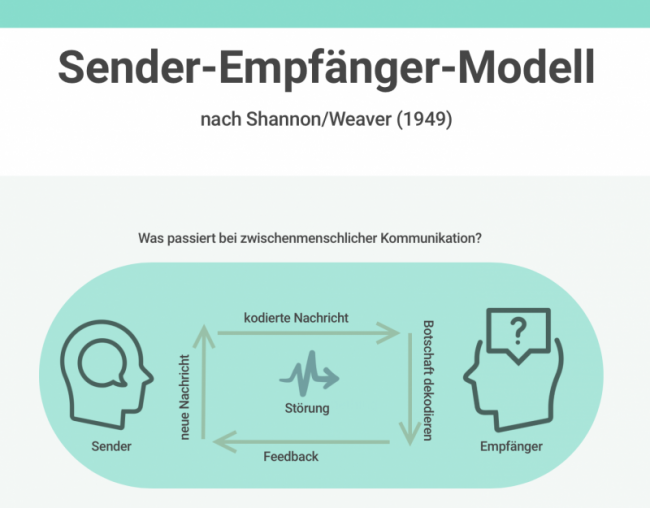
Woche 1 Kommunikationsmodelle Schanze Coaching
The Shannon and Weaver Model of Communication is a mathematical theory of communication that argues that human communication can be broken down into 6 key concepts: sender, encoder, channel, noise, decoder, and receiver.
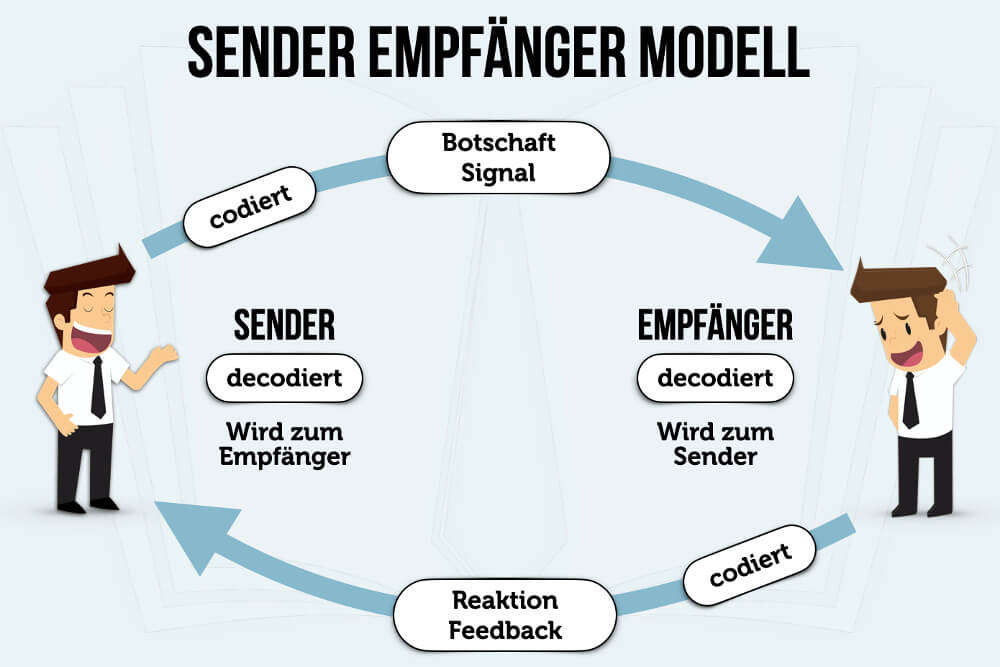
Sender Empfänger Modell Beispiele + Störungen erklärt (2022)
The Shannon-Weaver model is one of the first and most influential models of communication. It was initially published in the 1948 paper A Mathematical Theory of Communication and explains communication in terms of five basic components: a source, a transmitter, a channel, a receiver, and a destination. The source produces the original message.
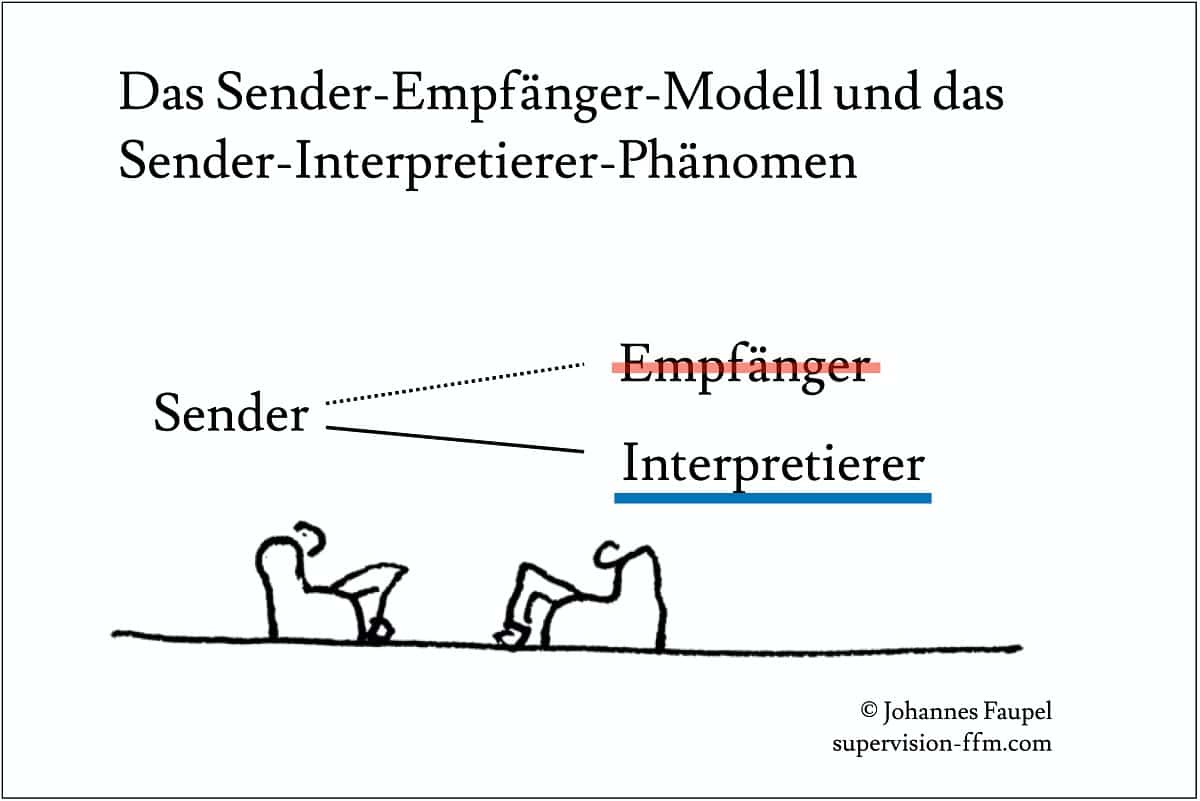
Das SenderEmpfängerModell (ShannonWeaverModell) nutzen
Das Sender-Empfänger-Modell wurde in den 40er-Jahren von Shannon und Weaver entwickelt und ist auch unter Shannon-Weaver-Modell bekannt. Das Modell wurde erstmals für Telefongespräche entwickelt, wird jedoch mittlerweile für verschiedenste Kommunikationsprozesse angewendet.
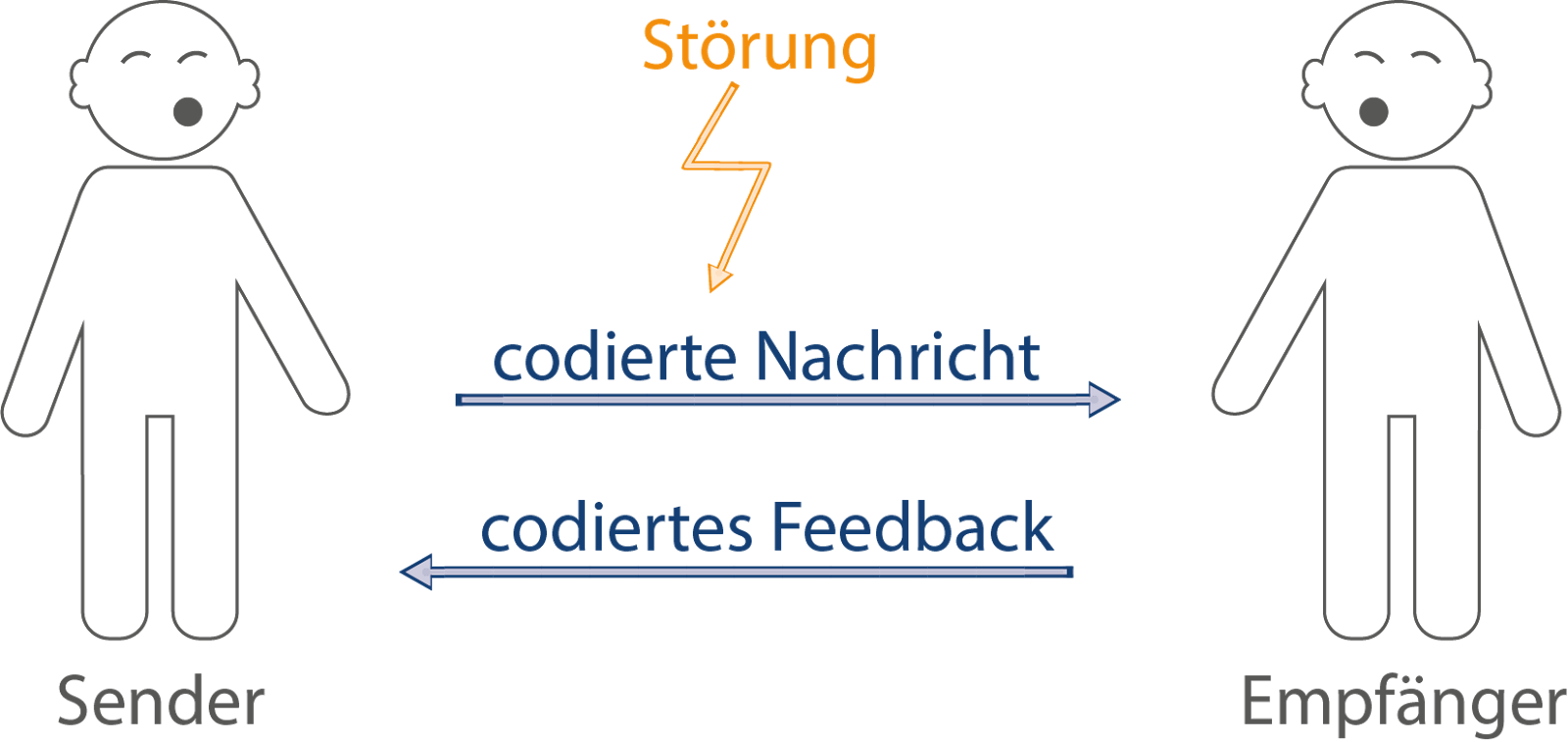
Kommunikationsmodelle
The Shannon-Weaver model was initially formulated in analogy to how telephone calls work but is intended as a general model of all forms of communication. In the case of a landline phone call, the person calling is the source and their telephone is the transmitter translating the message into an electric signal. The wire acts as the channel.
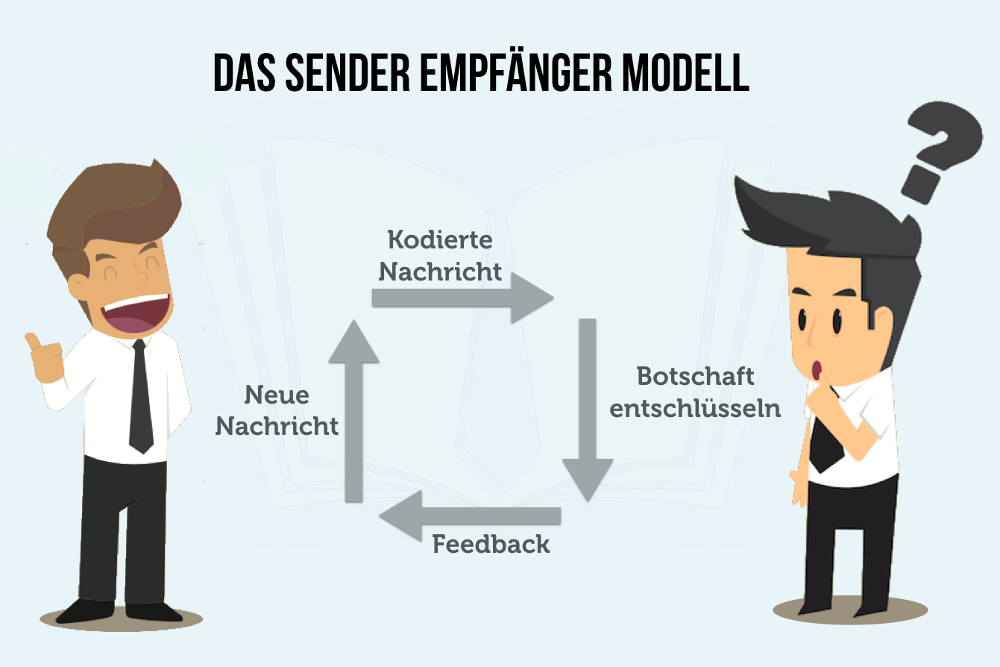
Kommunikationsmodelle Diese sollten Sie kennen karrierebibel.de
Kommunikationsmodelle: einfach erklärt Die wichigsten Kommunikationsmodelle Zwischenmenschliche Kommunikation mit kostenlosem Video. (Shannon und Weaver) (01:37) 4 Ohren Modell (Schulz von Thun) (01:57) Eisbergmodell (Sigmund Freud) (02:15) Transaktionsanalyse (Eric Berne)
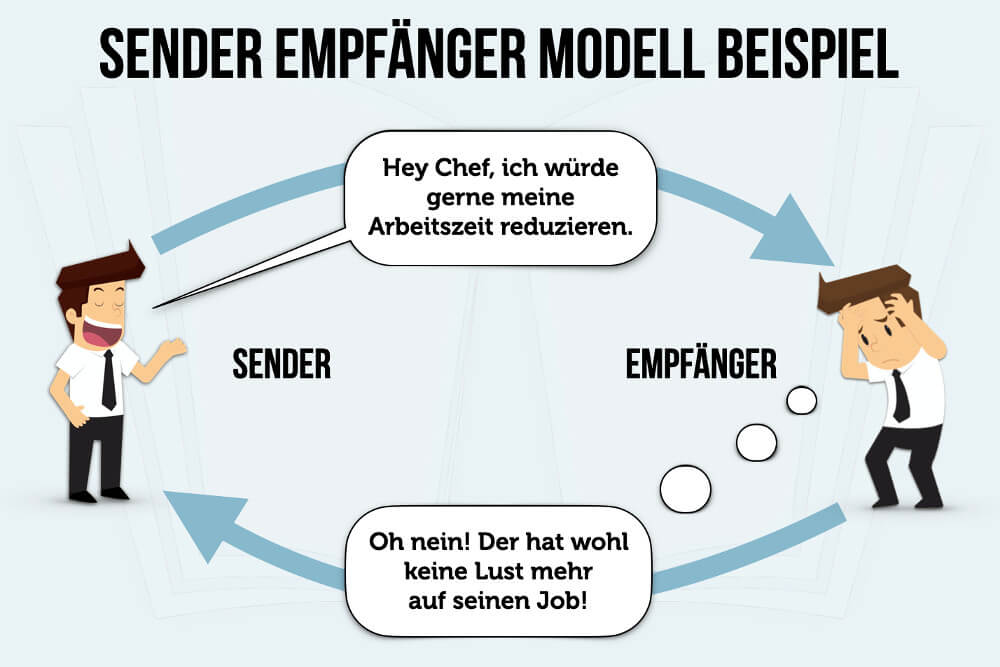
Sender Empfänger Modell Beispiele + Störungen erklärt
Das Sender-Empfänger-Modell ist ein klassisches Kommunikationsmodell. Es wurde in den 1940er-Jahren von Claude E. Shannon und Warren Weaver entwickelt und ist daher auch unter dem Namen Shannon-Weaver-Modell bekannt.
Klasse_09 Da steckt Informatik drin SenderEmpfängerModell
1. Lineær kommunikationsmodel 2. Interaktiv kommunikationsmodel 3. Transaktionsmodel 4. Shannon-Weaver-kommunikationsmodellen 5. Roman Jakobsons kommunikationsmodel 6. Lasswell-Braddock kommunikationsmodel 7. Dances spiralmodel 8. Berlo's kommunikationsmodel 9. Ciceros kommunikationsmodel Hvad bruger man kommunikationsmodeller til?
1 Shannon and Weaver's communication model. Reproduced from [Shannon,... Download Scientific
In diesem Kapitel werden zuerst die beiden Grundlagenmodelle „Übermittlung von Infor-mationen" („Sender-Empfänger-Modell") von Shannon und Weaver und „Übermittlung mehr-deutiger Nachrichten" („Vier-Ohren-Modell") von Schultz von Thun vorgestellt. Auch wenn . Abb. 3.1 Modelle der Kommunikation (© Helmut Ebert 2015)

SenderEmpfängerModell, Shannon/Weaver, Kommunikationstraining, Flipcharts Flipcharts
The most well-known and influential formal model of communication, developed in 1949 by Claude Shannon and Warren Weaver (see communication models).It is a transmission model consisting of five elements: an information source, which produces a message; a transmitter, which encodes the message into signals; a channel, to which signals are adapted for transmission; a receiver, which decodes.
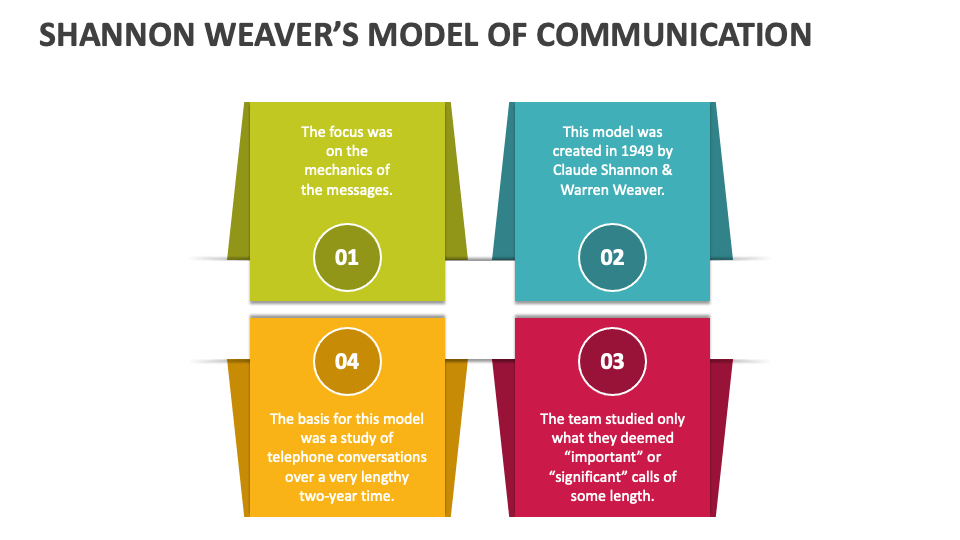
Shannon Weaver's Model of Communication PowerPoint Presentation Slides PPT Template
Kommunikationsmodelle unterschieden (s. Abb. 2.1): Psychologische Kommunikationsmodelle Encoder-/ Decoder-Modelle Intentions-orientierte Modelle Dialog-modelle. dell" bezeichnete Kommunikationsmodell von Shannon und Weaver (1949; s. Abschn. 2.2) sowie das Kommunikationsmodell nach Schulz von Thun (2000; s. Abschn. 2.3) fallen in diese.

ShannonWeaver's Model of Communication YouTube
Das auch als „Transmissionsmodell" bezeichnete Kommunikationsmodell von Shannon und Weaver (1949; s. Ab-schn. 2.2) sowie das Kommunikationsmodell nach Schulz von Thun (2000; s. Abschn. 2.3) fallen in diese Kategorie. 2.
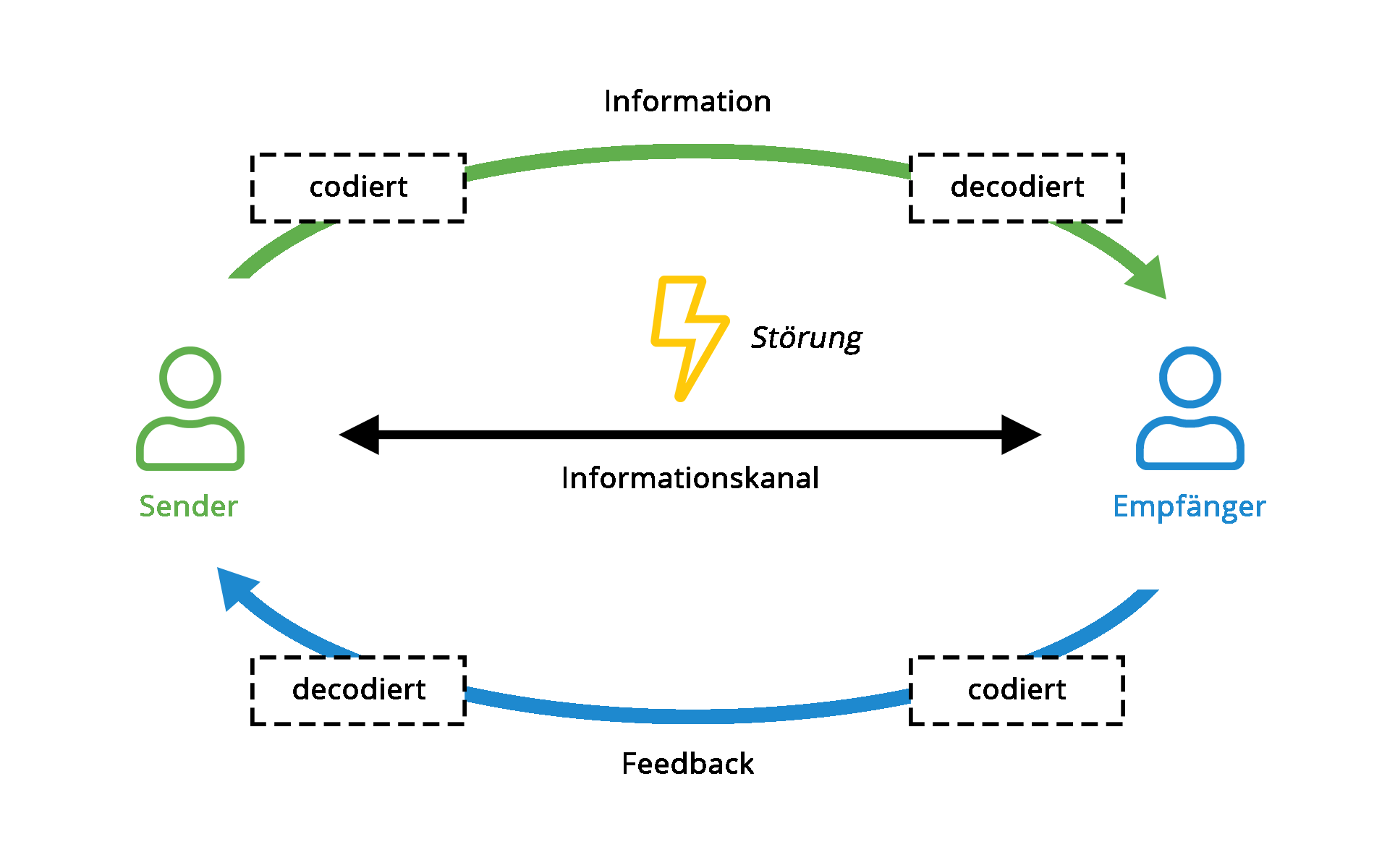
Was bedeutet Kommunikation im Projektmanagement? Einfach erklärt
This model is specially designed to develop the effective communication between sender and receiver. Also they find factors which affecting the communication process called "Noise". At first the model was developed to improve the Technical communication. Later it's widely applied in the field of Communication.

Shannon Weaver Model of Communication LizethqoMcfarland
Dabei handelt es sich um das informationstheo-retische Modell nach Shannon und Weaver (1949; Abschnitt 2.2), um Modelle aus der Linguistik (Abschnitt 2.3), um Modelle zur Identifikation von Kernmerk-malen der Kommunikation (Abschnitt 2.4), und um das soziologische Modell des Symbolischen Interaktionismus (Abschnitt 2.5).

Sender Empfänger Modell Beispiele + Störungen erklärt
In diesem Kapitel werden zuerst die beiden Grundlagenmodelle „Übermittlung von Informationen" von Shannon und Weaver und „Übermittlung mehrdeutiger Nachrichten" (Vier-Ohren-Modell) von Schultz von Thun vertieft. Shannon und Weaver betrachten Kommunikation als linearen Prozess.